I’ve always said that I wanted to see Antarctica with my own eyes, but as I sat on a frozen rock a few metres away from a colony of penguins I realised I had it all wrong.
I wasn’t just seeing. I was feeling the snowflakes on my own skin as I watched them alight on the penguins, hearing their calls all around me along with the gentle sound of the wind, and definitely smelling something I’d never smelt before. All of my senses were engaged, except for taste and I’ll confess at that moment I didn’t really have an appetite.
Penguin guano is something that can’t truly be appreciated until you’ve smelt it for yourself, and while I thought I’d never want to smell it again I now realise that I hope one day I do. Because that would mean I’ve made it back to the most extraordinary place on earth.
Antarctica is the coldest, driest and windiest place on the planet. The last continent and the last great wilderness calls to those with a sense of adventure, and after years of dreaming and wishing and hoping, it’s a call I have finally been able to answer.
For two weeks, the Russian icebreaker Akademik Ioffe was my home as I travelled from Ushuaia down to 66°52′ S and 66°38′ W with One Ocean Expeditions.
In the mornings before I’d even gotten out of bed I’d be looking out my window at soaring mountains and stunning icebergs, pinching myself at how incredibly beautiful it all was and how wonderful it felt to be there.
Days were spent either exploring in zodiacs or on the shore, where some landings had no signs of human life while others told the tales of human endeavours.
We visited historic bases and working ones including the Penguin Post Office at Port Lockroy where we could buy souvenirs and send mail from one of the UK’s former secret Antarctic bases, and the Vernadsky Research Station, which the Brits sold to the Ukrainians for one pound.
Here we could also buy keepsakes and send postcards, but the Ukrainians had another business going on; selling shots of their surprisingly smooth and sweet house made vodka in their bar.
Shots were US$3 although exceptions were made for women who handed over their bras. I was not one of those women, nor were my companions, although I did hear a few funny stories that I may share another day.
Having a Whale of a Time with One Ocean
Different people look forward to different things in Antarctica. For some it’s the penguins, and if you’re Team Penguin you should aim to go early in the season, as you’ll be able to sit in pristine snow and spend time with them while avoiding the smellier side of penguin life that comes with the build up of that guano. Penguin chicks hatch from mid to late December for extra adorable factor.
If you’re dreaming of whale encounters, you’re more likely to see them at the end of the season in February and March.
For me, I wanted to see as much of the ice and the Antarctic continent as I could, and so I chose One Ocean’s Antarctic Circle Voyage, which took place in late February, early March and goes further south than most ships.
The ice was everything I hoped for. The shapes and colours of the bergs were just breathtaking, and I’ll never forget the evening when we were surrounded by sea ice, and how it felt to be on the Akademik Ioffe as it slowly made its way through.
We were able to see incredible glaciers, and when I heard a shotgun sharp noise on shore one day I looked over in time to see a glacier calving, and heard the following sounds like thunder as it created large waves of new glacier ice mixed with sea ice.
I also discovered that glacier ice makes a special crackling and popping noise when you add it to your drink. At first it seemed wrong to pop something that could be tens or hundreds of thousands of years old into my cocktail, but it would seem crazier to carry ice to Antarctica. So I soon came around to plucking pieces out of the sea to bring back to the bar, and loved both the sounds it made and how much longer it took to melt than normal ice.
And then there was the wildlife. Watching the seals and sea leopards both on the ice and in the water was one thing, but it was the close encounters with penguins and whales that really blew me away.
While you can’t approach them, they can approach you. That’s how I ended up having a young gentoo penguin nibbling on my glove after I crouched down and he came up to say g’day.
It’s also how I ended up having a humpback whale blow bubbles around the GoPro I had in the water (giving me the fright of my life when the bubbles hit my hand), and how our zodiac came to be so close to the same huge whale that some of us felt the water and air on our face when it exhaled another time.
Which was pretty incredible, but is also rather gross when you think about what’s in that blast of air. Let’s just say I was cleaning my teeth before rather than after my hot chocolate when I got back on the ship.
(Ship) Size Matters in Antarctica – How to Get it Right
Speaking of the ship, there are some things you should know if you’re planning your own Antarctic cruise.
Under the International Association of Antarctica Tour Operators (IAATO) rules only 100 passengers may go ashore from a vessel at any one time.
The rules also state that only one ship may visit a site at any time, and ships with more than 500 passengers are not allowed to make landings in Antarctica, which means passengers on larger cruise ships may look but not touch.
The ship I was on, the Akademik Ioffe and her sister ship the Akademik Sergey Vavilov take a maximum of 98 passengers, which, you guessed it, means every single passenger on a One Ocean expedition has the chance to take part in every single excursion, rather than having to take turns.
One of the other things I loved about the Ioffe is the fact that she’s a working research vessel built for polar exploration. They also have an open bridge policy so passengers can join the captain and navigator at any time, a real treat for those who love their ships.
Funnily enough when the Russians were designing their research vessel they weren’t thinking of creating a luxury ship. While there are a few suites available and some cabins have their own bathrooms, others use bathrooms at the end of the hall, and then there are the shared bathrooms between cabins.
That’s the sort of cabin I had. My bathroom was between my neighbour’s cabin and mine, and we’d simply lock their door from the bathroom side before using the facilities (and occasionally forget to unlock it, but we just gave each other permission to come into our cabins to unlock it when that happened).
My cabin was simple, but comfy. I had great sleeps (and naps) in that bed, I had a kettle, cups and tea in my room (regular readers will know how I love that!) and a bar fridge.
But while I did like retiring to my room at times to read a book or have a little nap, for the most part I was out and about with people, either on the bridge or in the dining room, lounge or bar, or in the treatment room where I treated myself to a very good massage indeed.
I even braved the icy air to join some friends in the outdoor hot tub as we travelled through the Lemaire Channel. If I was going to do it, one of the world’s most spectacular waterways seemed like a pretty good place.
The Amazing People You Meet in Antarctica
Antarctica isn’t easy to get to. Nor is it cheap. Which means you share a special passion with everyone on your ship.
Even before we’d pulled out of Ushuaia and started to make our way across the Drake Passage I was already meeting people I knew I wanted to spend a lot more time with. At meals a group of us would gravitate towards each other on our favourite table, and in the evenings there would be much fun in the bar.
The team One Ocean had gathered on board were not only able to take good care of us and teach us things in both the presentation room and in fireside chats in the bar, they were great company and genuinely interesting and entertaining people.
There also happened to be a passenger on board with a rather extraordinary relationship with our ship, and with Antarctica itself.
When I first saw Alexander Ponomarev I knew something special was going on. He has a great energy about him, and when I heard whispers that he was an artist I wanted to know more. Of course with no Internet access in Antarctica, apart from simple text emails in and out, there’s no cheating and hitting up Google. You have to wait for things to reveal themselves. Or ask.
The First Antarctica Biennale and the Akademik Ioffe
It turned out Alexander is not just any artist, but one who is planning the first Antarctic Biennale with curator Nadim Samman.
The Antarctic Biennale will take place in 2016 and will involve the Akademik Ioffe, a ship that Alexander has not only travelled on often, but has also used in his art. He’s even been strapped to the bow of the Ioffe as a real live human figurehead. That one happened in the Arctic rather than on our trip, but I’m still sharing a picture because it rocks.
Alexander and Nadim created the Antarctic Pavilion at last year’s Venice Biennale of Architecture, and are currently preparing the Antarctic Pavilion for the 56th Venice Biennale of Art, which begins on the 9th of May and runs until the 22nd of November 2015.
This year’s Antarctic Pavilion includes artworks based on something very special that happened on our trip. The night when Alexander and his partner Irina, Nadim and his fiance Anja Henckel who is also instrumental in the Antarctic Pavilion, and Alexander’s son Alejandro and his fiance Veronika went ashore to the Russian Orthodox Trinity Church of Antarctica and were all married by the continent’s only resident monk.
Needless to say that night when they returned to the ship there was champagne, cake, singing and dancing. At the time I had a strong feeling I’d grow to love that very special gang before the end of the trip, and I proved myself right.
While a triple wedding is unusual, Antarctica gets its fair share of proposals, honeymoons and yes, weddings.
On our voyage we also had a honeymooning couple, Mario Sainz Martinez and Veronica Lopez who are both talented photographers and such great company they always put a smile on my face. I loved the photos they took on the trip and am sharing Mario’s one of the night sky. To check out more of their incredible photos from Antarctica head to their sites Sainz Martinez and Vero Supertramp.
Oh I could go on and on, sharing tales, talking about how lovely my fellow travellers were, but it’s time to stop myself. For now. I’ll be telling people about this trip for many, many years to come.
If you’d like to see more, I’ve created a video of some of my Antarctica footage to the sounds of Pegasus and Katherine Ellis’ track, Cold Light of Day. But for now it’s over and out for me. I’m off to remember the magical times at the end of the earth, and wish I was still under this sky.
Amanda Woods travelled on Akademik Ioffe as a guest of One Ocean Expeditions, but all thoughts and opinions remain her own.
If you want to see Antarctica, you may also be interested in my review of Antarctica Flights, which take sightseers over the frozen continent from Australia.

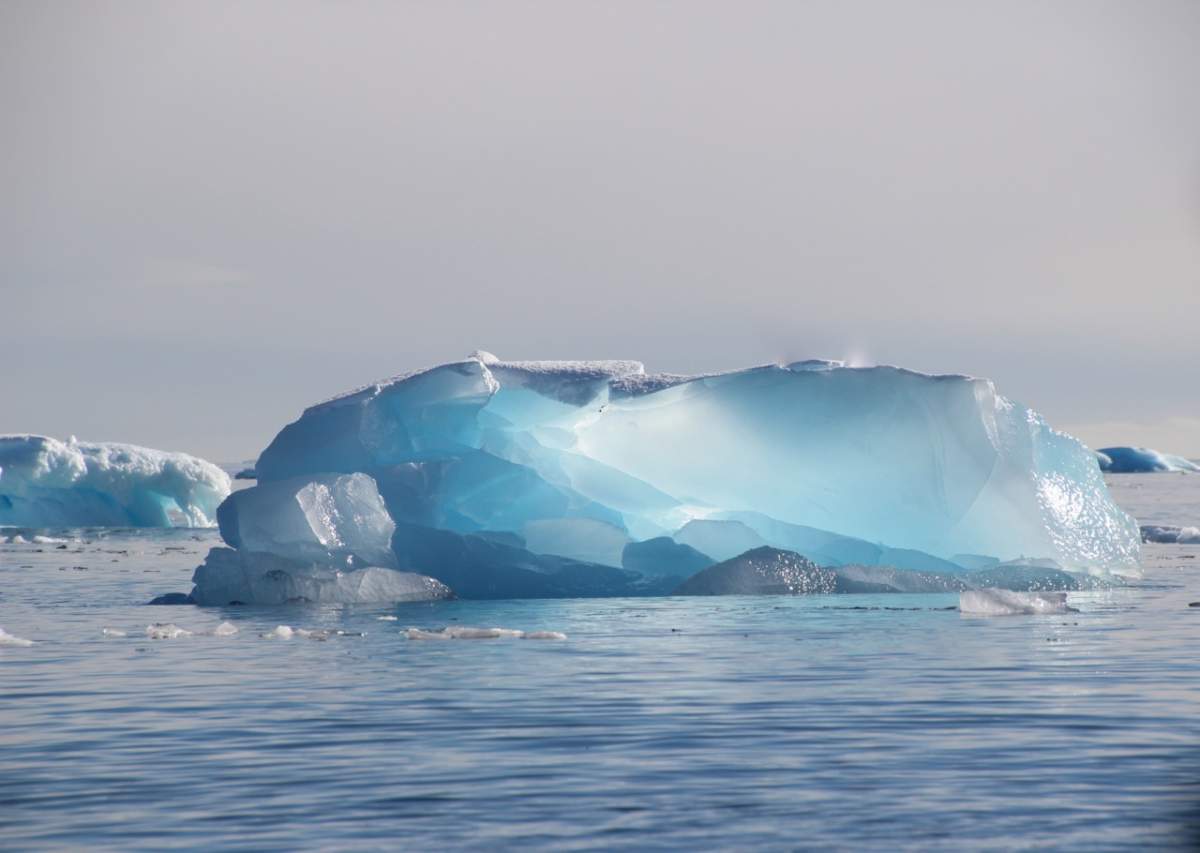


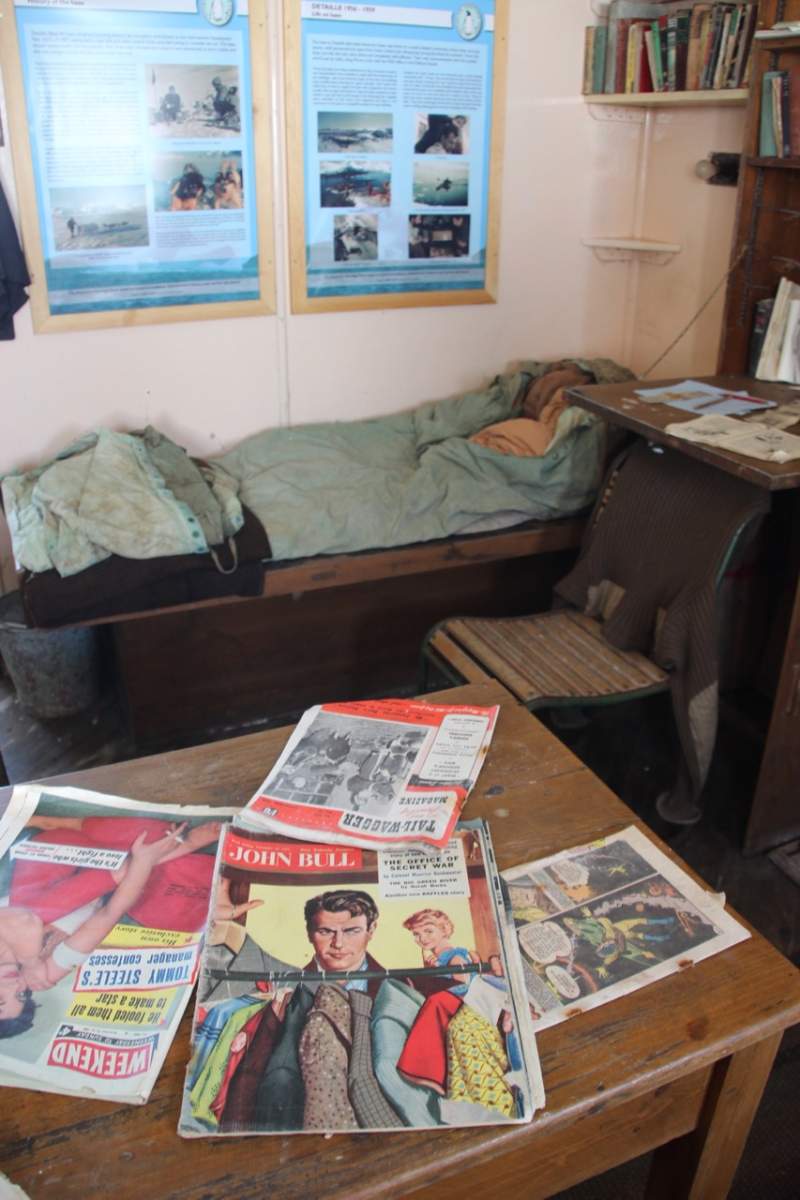
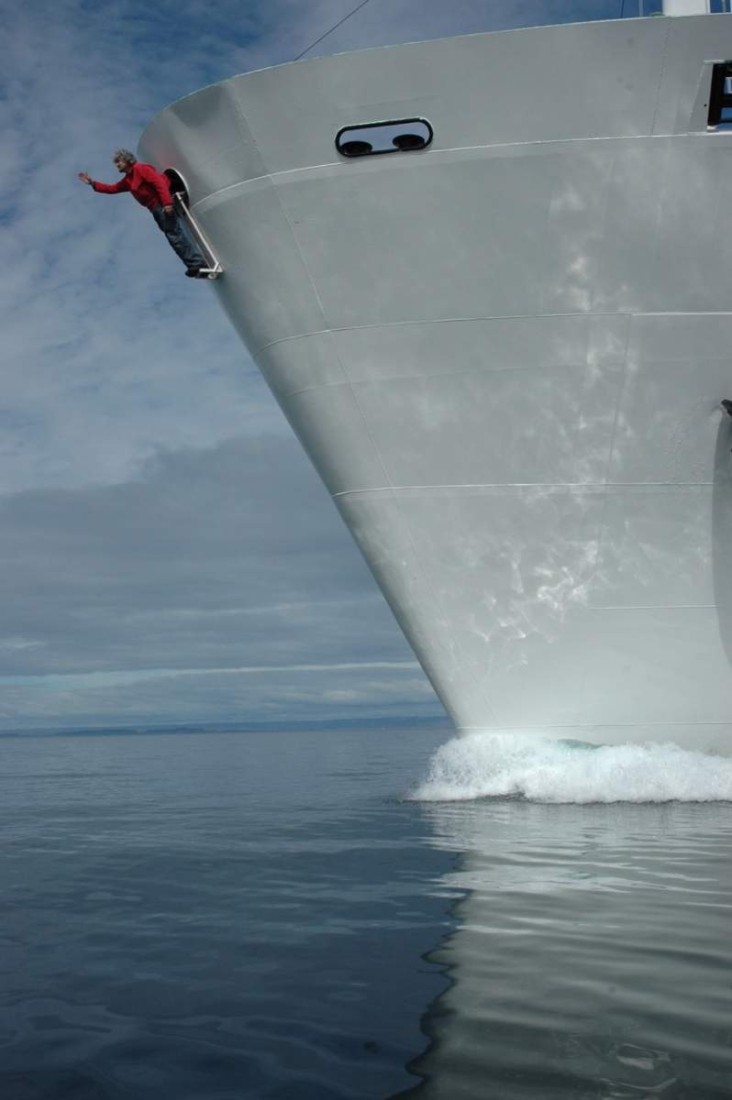

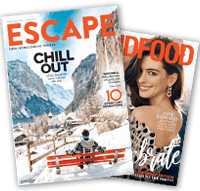

Yay!!!! And glad you snuck in Alexander as figurehead in there
How could I not! It’s just too good 🙂
Awesome article Amanda!
Thanks Nathan. Such an awesome experience! I’m already dreaming of going back. Meet you there?
What an incredible experience! I especially loved reading about the artist and hearing about the ice making that special noise (and how it takes longer to melt).
Thank you! Oh yes that ice… One day I was looking back over my photos in the lounge and could head the ice crackling loudly meters away in the bar. It isn’t always that vocal but I often put my ear to my glass to listen.
Great story you have here! Do you know of any small expeditions that go to Little America? My father-in-law spent two years there in 1939. I’d like to go there.
Thanks Spencer, glad you enjoyed it! I’m afraid I don’t know who goes there but you should definitely check around with some of the companies or maybe your local travel agent may know of some. One Ocean goes to a lot of different places as well depending on the voyage. Good luck.
Antarctica is truly one of those life-changing places, isn’t it? Great story, and brings back memories for Janice, who visited with Lindblad Expeditions at the beginning of the Antarctic summer when the guano hadn’t yet spread and taken over the landscape. She missed seeing penguin chicks (as they hadn’t been born yet), but she was delighted to watch penguins court and mate :-).
Thank you, and I’m so glad you loved it there too. There really is nothing like it and I can’t wait to go back and experience it again someday.